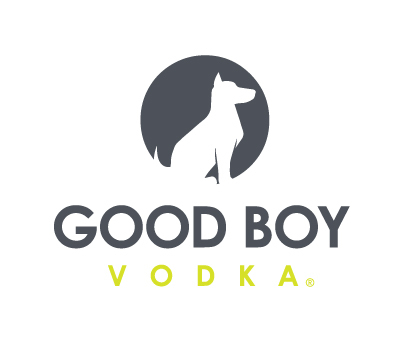Distribution Methods Move Beyond Broadline

You operate in a dynamic world, increasingly transforming in step with consumer preferences and economic upheaval. We are here to help you navigate it. Presenting the Nosh Trendlines Report, a series of informative articles on the latest evolutions – or revolutions – changing operations, retail distribution, product formulation, marketing and more. If you’re sensing a major shift in your business, let us know – chances are, you aren’t the only one.
There are plenty of emerging dynamics currently reshaping the grocery business. There’s retailer and wholesaler consolidation, pricing challenges, and the lasting impact of the global pandemic on everything from supply chain operations to how food is sold.
Those dynamics are also changing the ways brands bring products to market. Technology and consumer change have added new distribution complexities and shifted the strategic landscape for continuing multichannel growth. Remember back in 2020 when the words “omnichannel strategy” cropped up? Well, CPGs today have taken that method beyond direct to consumer, using new, online distributors to get their products to retailers..
Alternative distribution methods such as Faire and Mable are heating up. They allow brands to at least partially circumvent the traditional path to retail (read: broadline distributors) and instead receive orders online and alongside those traditional systems and fulfill them by drop shipping directly to stores.
Mable has recently taken this model a step further and has integrated its tech with the ordering platforms of major distributors spanning c-stores, foodservice and grocery. Onboard with wholesalers like McLane Foods, US Foods and KeHE, there’s a growing cohort of retailers to reach.
Brands gain visibility within the distributor’s ordering platform, but they don’t need to ship to the distributor itself or take up warehouse space. This allows brands to directly fulfill orders, so they can often duck tough, early learnings such as chargebacks and deductions, as well as onboarding fees that can be costly to businesses just getting off the ground.
Startup distributor Pod Foods has also played an integral role in the changing retail distribution landscape of late. After Foxtrot abruptly shuttered in April, the logistics provider helped partner brands onboard with other regional accounts in addition to e-grocers such as Thrive Market.
Meanwhile it’s becoming less common to base a business’ entire distribution strategy on securing support from broadline distributors. “Diversification is always key,” emphasized Pod Foods chief merchandising officer Peter Gialantzis.
It’s no secret that fees such as deductions and chargebacks plague the balance sheets of many new entrants into the CPG industry, but as distributors such as UNFI have worked to improve their own bottom lines, doing business with distributors has become even more complex.
Earlier this year, the company announced a new program known as the Simplified Supplier Approach (SSA) that was said to consolidate many common fees that plague startup brands. The rollout, however, has added a new layer of complexity to those doing business through UNFI. While it was originally billed as a way to reduce friction and promote brand growth through the distributor’s network, many have come to believe it is really a sly way for UNFI to make up margin points.
Due to the distributor’s cost-plus agreements with retail partners it loses 5 to 10 points on its core function – aggregating and distributing food – said grocery industry veteran Errol Schweizer. He has heard estimates that UNFI could create upwards of $750 million in new revenue per year from the SSA policy change if it can implement it across all suppliers.
“How is [it] sustainable that brands must subsidize the low cost agreements of larger retail chains?” Schweizer asked.
UNFI competitor KeHE has also come under fire from brand partners in the past who claim the company’s fees have pushed them near bankruptcy. While these logistics providers still service an integral need for food and beverage brands, Schweizer believes the industry as a whole needs to reassess how consolidation in the space has increased complexity and costs, and begin charting even more new routes to market.
Read more: Nosh Trendlines Report
Thanks for reading! Our five-part series is designed to help you navigate a dynamic operating environment. Click the links below to read more.
- Inside the Movement Against Seed Oil
- Healthspan vs. Lifespan
- Co-Pack Or Self-Man? Emerging Food Brands Face Tough Choices
- The De-Evolution of the Alt-Meat Revolution

















